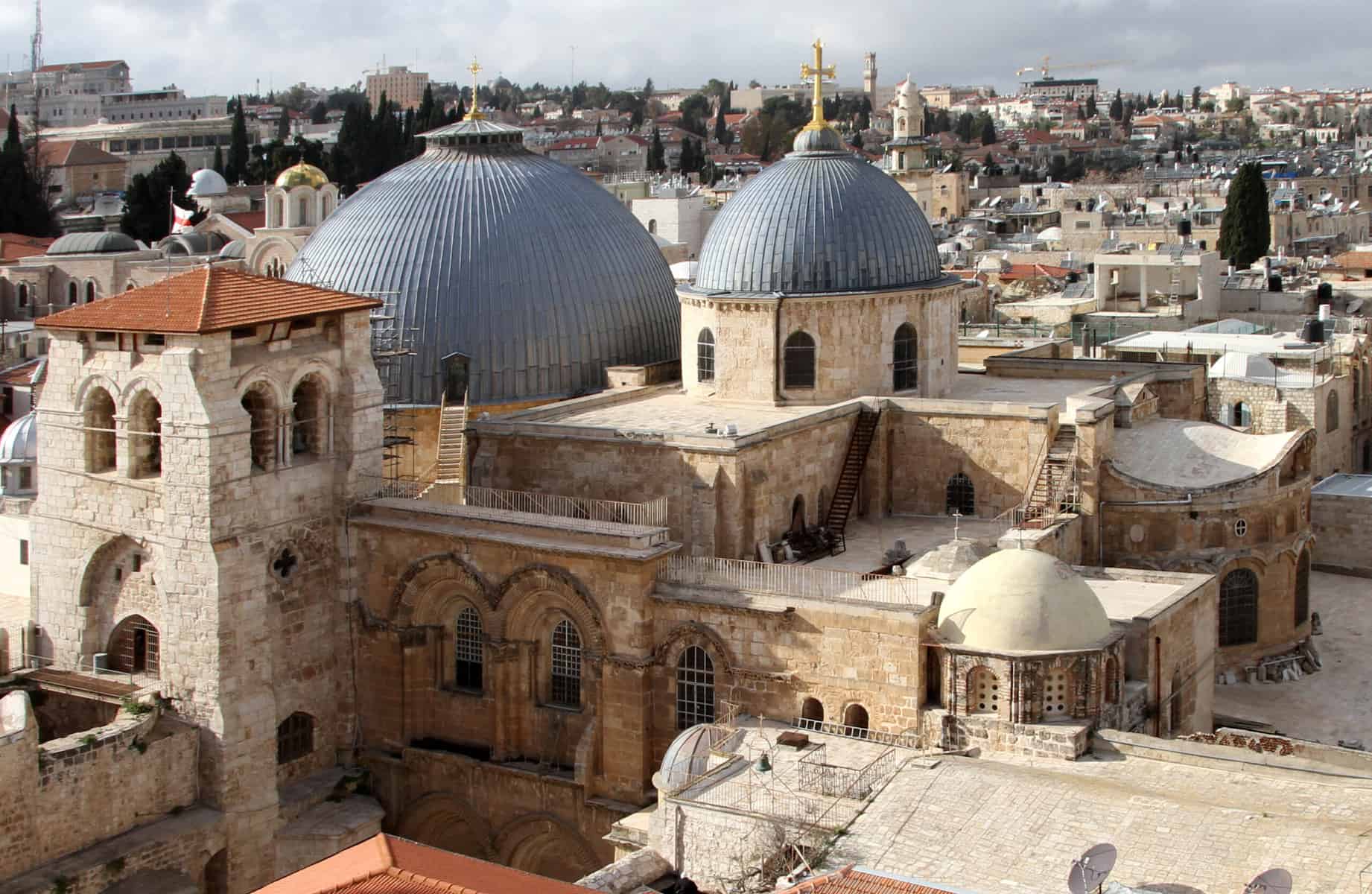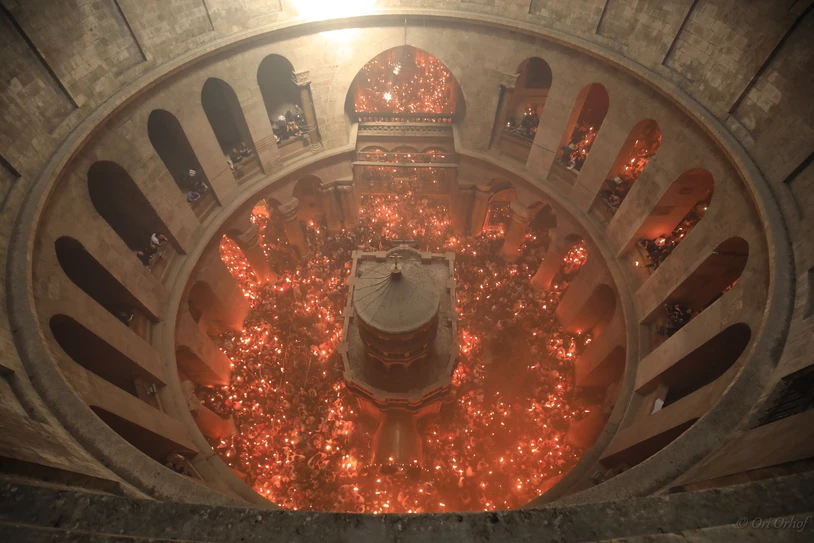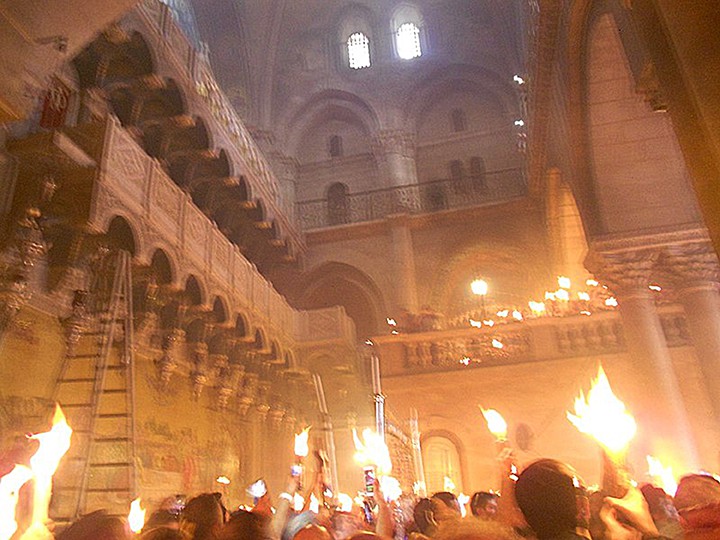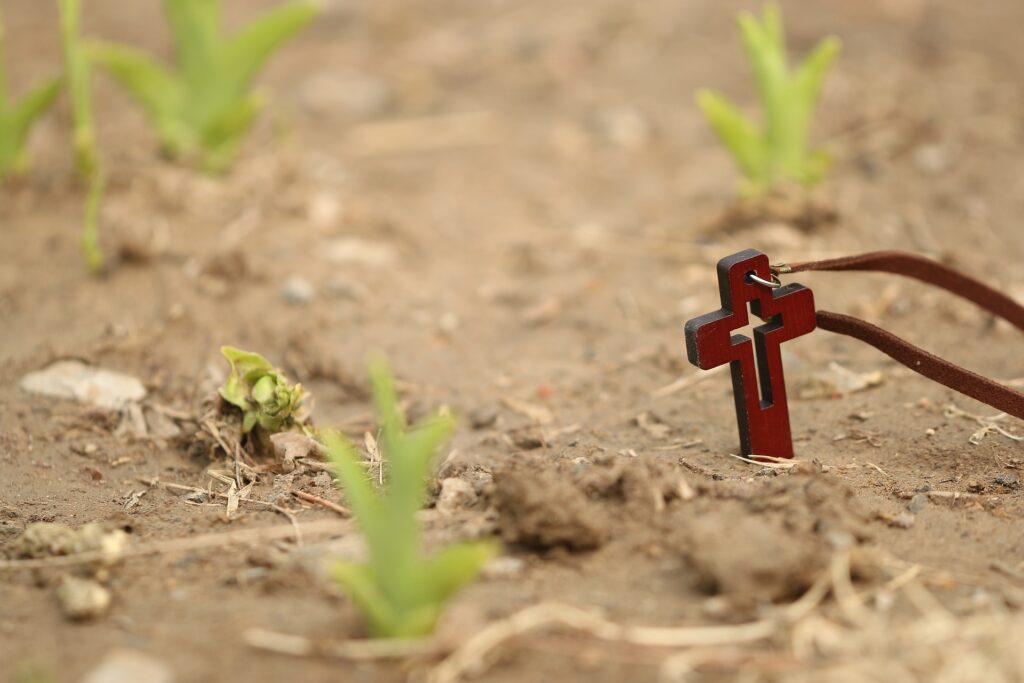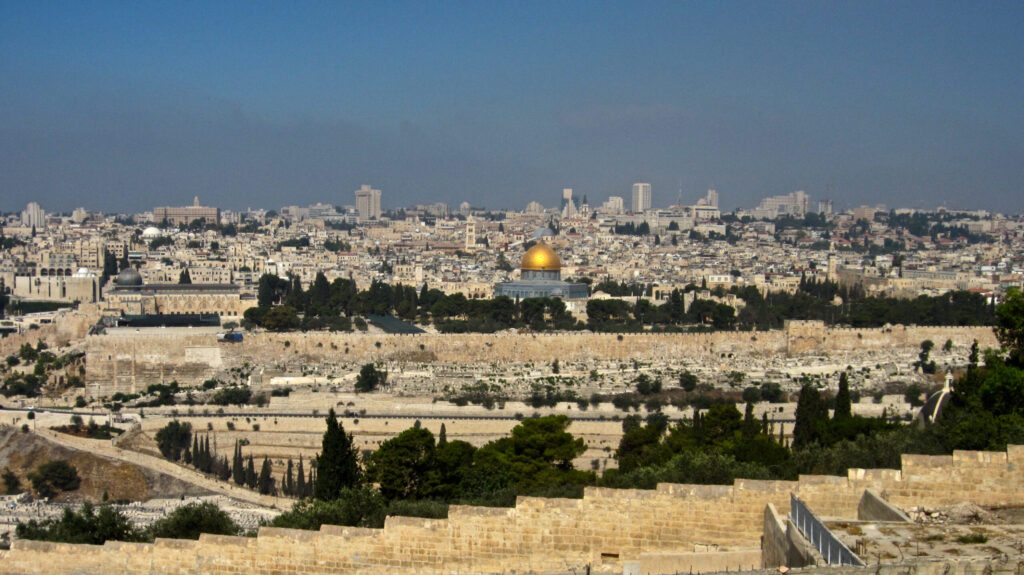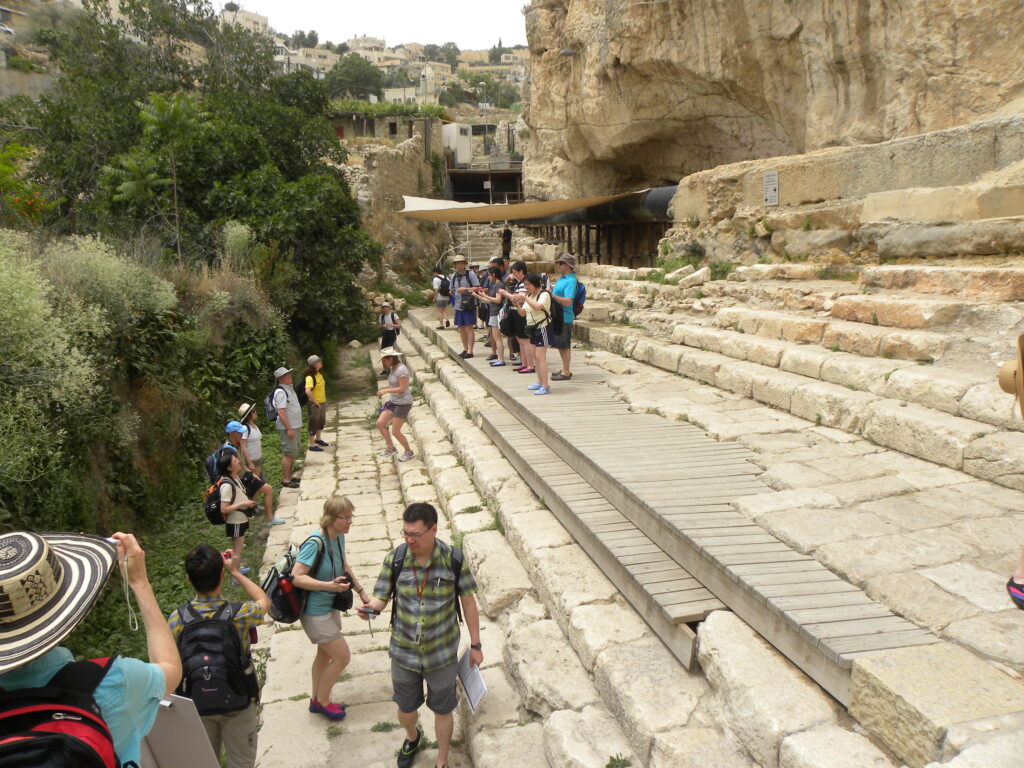Melanie Lidman of The Times of Israel writes that excavation from the historic Church of the Holy Sepulchre has uncovered a treasure trove of historic artifacts from centuries past. The Jerusalem church has long been one of the most present sites in Christianity, being the site of Calvary or Golgotha, where Jesus was crucified two-thousand years ago.
Working for seven days and taking care to avoid disrupting Christian visitors, archeologists found Roman coins dating to the time of Emperor Valens in the late fourth century. They also uncovered eighteenth-century graffiti written in Greek, Latin, and Armenia from long-forgotten pilgrims.
Lidman continues:
Experts from Rome have wrapped up weeks of careful archaeological work in one of the most sensitive parts of the Church of the Holy Sepulchre, according to the Custodia Terrae Sanctae, which oversees Christian holy sites in Israel. Archaeologists from the Department of Antiquities of the University of Rome Sapienza excavated the area around the Holy Edicule, or main tabernacle, as part of an NIS 41 million ($11 million), two-year renovation and archaeological excavation.
Christian tradition holds that Jesus was crucified by the Romans just outside the city’s walls as they existed 2,000 years ago, and was buried in a cave tomb nearby.
Archaeologists worked around the clock for seven days and seven nights, from June 20 to 27, to excavate the area in front of the Edicule. The compressed schedule was intended to minimize disruptions to visitors, as the excavation required closing the Edicule to the public. The Edicule is built on the site of the cave where Jesus is believed to have been buried.
Earlier this summer, archaeologists worked on the restoration of other parts of the basilica floor, assisted by a conservation group from Turin, Italy, and the Franciscan Faculty of Biblical Sciences and Archaeology in Jerusalem. They uncovered an ancient drainage system and explored the different masonry techniques and types of cement used.

